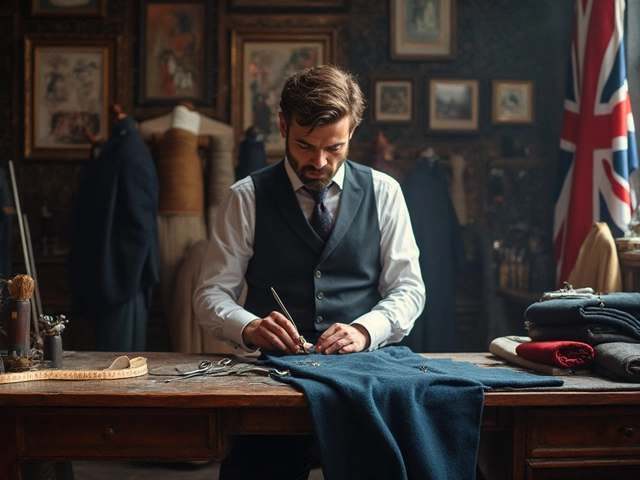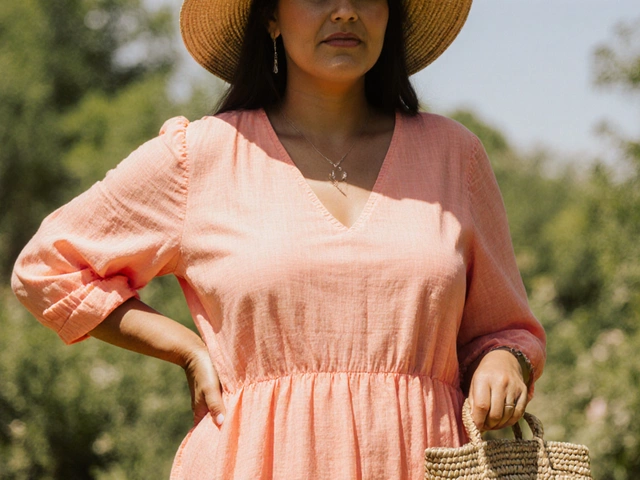Garment History: From Cave Paintings to Modern Handmade Pieces
Ever wondered why your favorite shirt feels like a story? Every stitch you see is part of a long line of experiments, traditions, and cultural shifts. Understanding garment history helps you pick pieces that fit your style and respect the craft behind them.
From Ancient Threads to Medieval Tailoring
People first wrapped animal skins around their bodies more than 40,000 years ago. Those early coverings were simple, but they taught humans the basics of durability and comfort. Around 5,000 BC, the first woven fabrics appeared in the Nile Valley—linen that could be dyed, cut, and sewn.
As societies grew, clothing became a way to show rank. In ancient Egypt, a white linen kilt meant you were a farmer; a gold‑trimmed version signaled royalty. By the Middle Ages, Europe saw the birth of tailoring. Tailors learned to shape garments to the human body, creating fitted sleeves, padded shoulders, and embroidered details that told stories of guilds and patrons.
These developments weren’t just about looking good. They reflected new technologies like the spinning wheel and the loom, which made fabric faster to produce and cheaper to buy. The result? More people could afford clothing that expressed personal taste rather than just function.
The Rise of Handmade Fashion Today
Fast forward to the 21st century, and garment history is still shaping what we wear. The backlash against mass‑produced fast fashion has revived interest in artisanal techniques. Hand‑stitched seams, natural dyes, and locally sourced fabrics echo the values of ancient craftsmen while meeting modern sustainability goals.
At Handmade Designs Elgin, each piece carries a snippet of that legacy. Designers study historic patterns—think tweed from 19th‑century Scotland or Japanese indigo silk—and re‑interpret them for today’s wardrobe. The result is clothing that feels both familiar and fresh, letting you wear a story without sacrificing comfort.
When you shop handmade, you also support a supply chain that respects workers and reduces waste. A single bespoke coat might cost more upfront, but it lasts longer, needs fewer repairs, and often becomes a family heirloom. That’s the practical side of garment history: learning from past durability to create future‑proof style.
So the next time you reach for a sweater, think about its ancestors. Was it inspired by a Viking woolen tunic or a 1920s jazz age cardigan? Knowing the background can make the garment feel more personal and help you choose pieces that match your values.
In short, garment history isn’t just a museum topic—it’s a toolkit for smarter, greener, and more meaningful dressing. Keep an eye on the details, ask about the fabric’s origin, and enjoy the connection between you and the centuries of makers who came before.

Understanding the Hoodie: The Role and Evolution of the Hood
The hoodie is a staple in modern wardrobes, blending style and function effortlessly. This article explores the hood, a key component that sets hoodies apart, delving into its history, practical use, cultural significance, and design variety. Learn how this piece of clothing transformed from a utilitarian garment to a style icon adored by many. Discover interesting facts and tips on choosing the right hoodie for your personal style.




